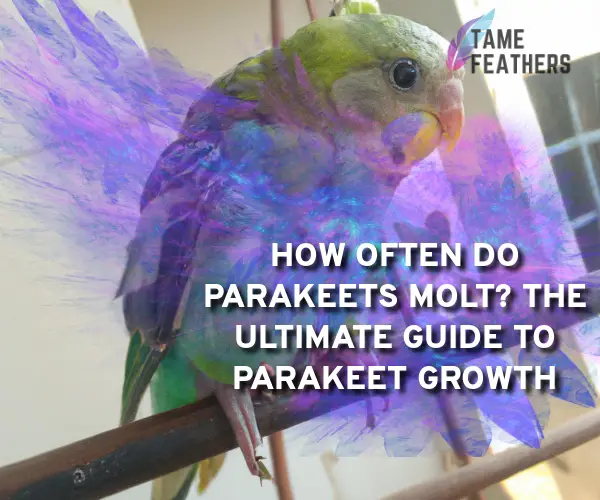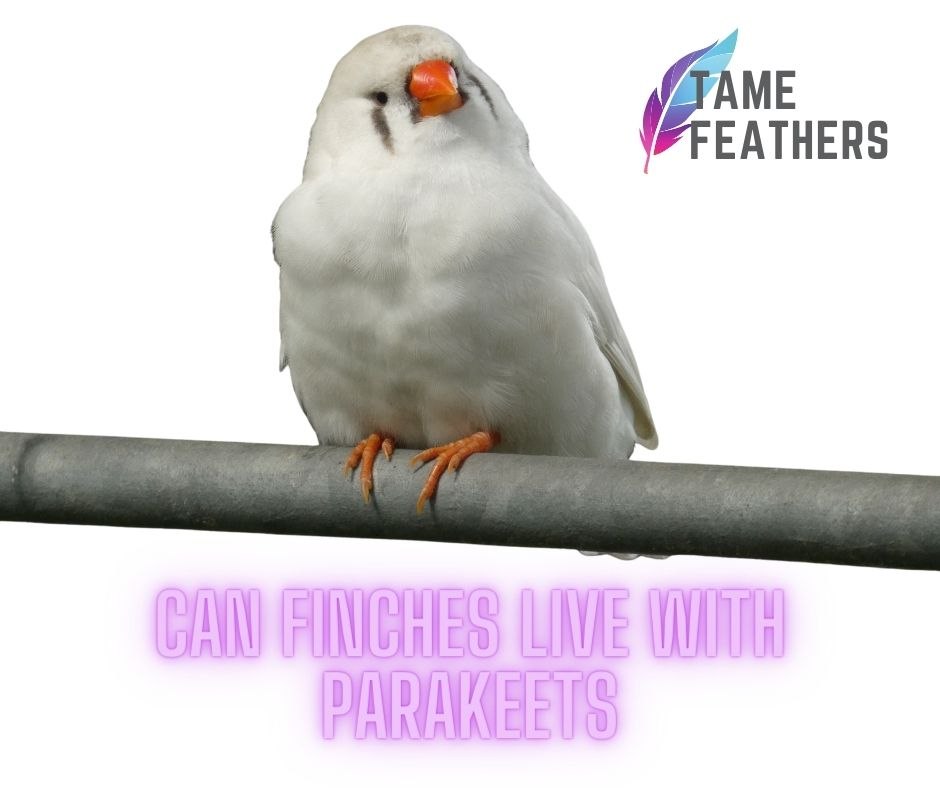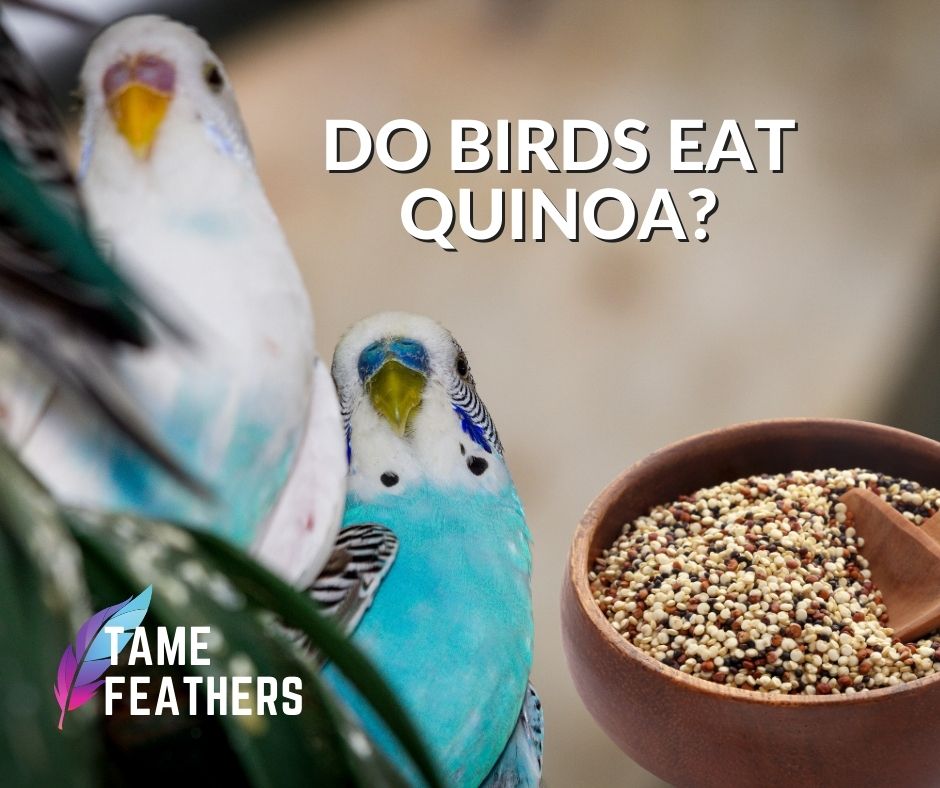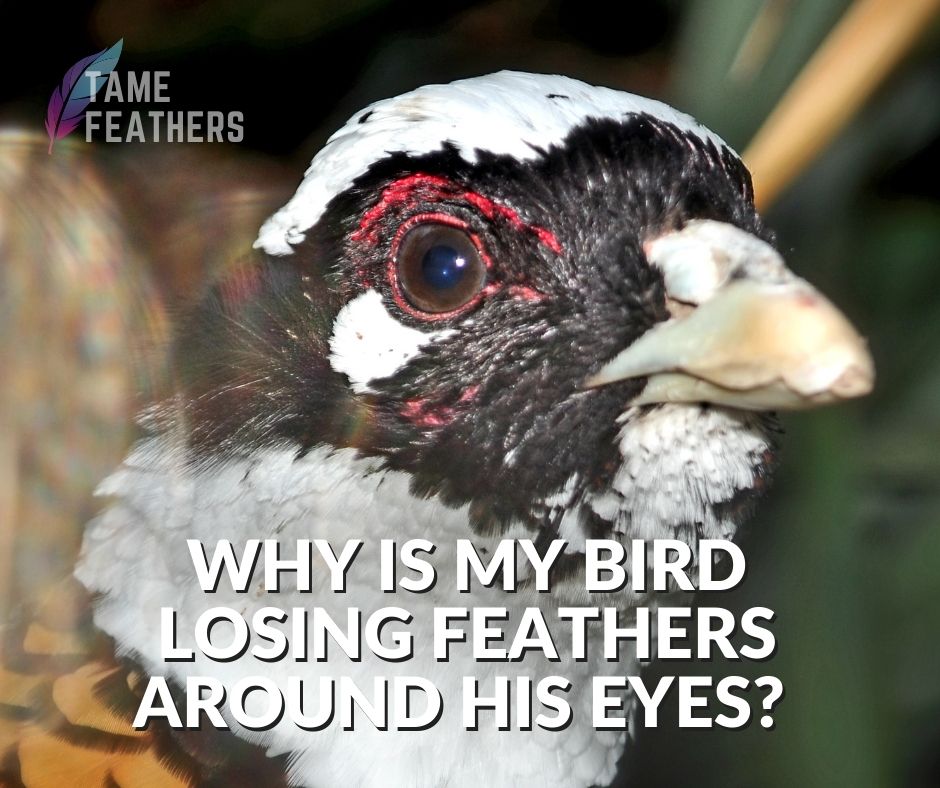Are you interested in learning more about parakeet development and growth? Parakeets make fantastic pets thanks to their bright feathers and lovable dispositions. But how frequently do they molt, exactly? In this comprehensive guide to parakeet growth, we’ll examine the molting procedure in these little birds and address all of your concerns. Come us as we delve into the intriguing world of parakeet development!
Molting Cycle
When it comes to concealing the fact that they are going through the process of molting, parakeets are true masters. It is typically fairly challenging for owners of pet birds to determine whether or not their birds have begun or completed the process of moulting their feathers. Nevertheless, there are a few indicators that can let you know for definite whether or not your parakeet is now in the process of plucking its feathers.
The molting phase of a parakeet’s life typically lasts between 6 and 8 weeks on average. During this phase, different sections of the body undergo the process of losing feathers and growing new ones at different intervals. In the beginning, it’s possible that your bird will simply lose a few individual feathers from its wings or tail, but as time goes on, more of those feathers will fall out and be replaced by new ones. You will observe an increase in the amount of general feather loss as the molt advances, which will be followed by an increase in the amount of apparent new growth.
Signs Of Molting
Increased preening activity is one of the key signs that your parakeet has started the molting process. During this process, your parakeet removes older feathers from specific locations on its body using its beak, leaving room for new feathers to grow back in their place. Other symptoms include a fluffier plumage (caused by a thickening downy undercoat), bald patches in areas where older feathers used to be, and the occasional dropping of little white quills all over the floor of the cage.
It is vital not to panic upon witnessing these changes because they are normal behavior during a healthy molt cycle. It just signifies that your bird requires additional grooming attention during this period of time. Additionally, you should try not to meddle too much with the preening behaviors of your pet because self-preening is an important part of keeping animals clean and encouraging the development of natural oils throughout their bodies.
Helpful Tips For Supporting Your Parakeet Through The Molt Process
As the process of molting can be stressful for parakeets, offering additional support for them through dietary supplementation can go a long way toward helping them feel better during this time of transition. You could try giving your bird foods that are high in proteins, such as mealworms or eggs that have been hardboiled. These foods contain the essential amino acids that are required for healthy feather growth. Just make sure that the amount of treats you give your bird does not exceed 10% of their total dietary intake. In addition, you should make sure that there is always access to clean water and that there is an ample supply of soft wood perches, which will make the birds feel more at ease while they are sleeping or perching.
Possible Complications To Look Out For
In certain instances, lengthy molts may be an indication of underlying health difficulties, such as malnutrition caused by poor quality meals or inadequate environmental conditions; reproductive troubles; age-related deterioration, etc…. Before attempting any home care remedies or treatments on your own, it would be best to first seek the advice of an avian veterinarian if you have any reason to believe that there may be potential issues.
Relieving Stress During Molts
Providing additional vitamin B1 supplements once every week or two either through water baths or added directly into food dishes is one effective method that many people use successfully during times of stress-induced molts. This method can be used until symptoms begin to subside again and is considered to be one of the most effective methods. Many owners also report having success by utilizing pheromone diffusers within their cages; however, there is no scientific data verifying their usefulness, so proceed with caution before attempting to use something like this.
Conclusion
Even while the majority of animals do not need human assistance during typical molts, offering supplementary nutritional support and environment circumstances that are comfortable can surely help relieve the stress associated with periodic shedding and the following regrowth. In the end, owners should be able to take the necessary precautions to ensure their parakeets continue to be healthy during the entire process if they are aware of how often parakeets generally molt and are able to spot common warning signs.
FAQs About Parakeets
Why are my parakeets molting so much?
Parakeets typically molt once or twice a year, usually in the spring and fall. During this time they will shed their old feathers and grow new ones. Molting can be more frequent if your parakeet is under stress, has an unhealthy diet, or lives in an environment with poor air quality.
How do I know if my parakeet is molting?
Signs that your parakeet is molting include excessive preening, loss of feathers, and a decrease in activity. You may also notice new feathers growing in as the old ones fall out.
What time of year do parakeets shed?
Parakeets typically shed their feathers twice a year, in the spring and fall.
How often should budgies molt?
Budgies typically molt once or twice a year.
We Thought You Might Want To Know This About Parakeets… 😊
Need a new cage for your parakeet? Check out our selection of
parakeet bird cages





